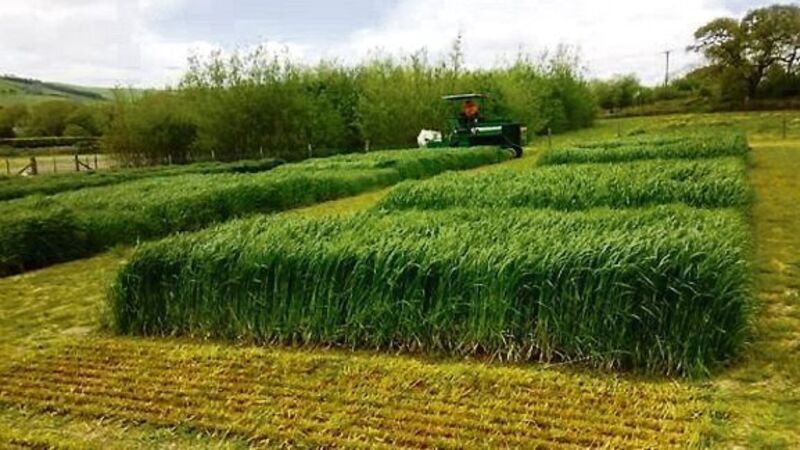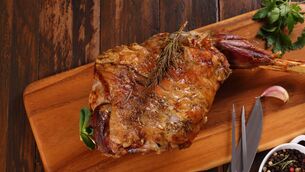New grass for marginal soils does well in trials

Festulolium is a potentially high yielding grass for marginal soils, according to the research report in the TResearch magazine published by Teagasc.
Until recently, assessment of Festulolium in the field has been limited by seed availability or restricted to particular locations or controlled environments.
Since 2012, a Europe-wide coordinated field experiment includes Ireland.
The Irish field trial is at Athenry, adjacent to the Department of Agriculture’s national list/recommended list trials.
Results in 2012 and 2013 from the first six European locations showed that Festulolium varieties performed well on average.
The Irish trial was sown in 2013 and the first yield results were in line with existing commercially available ryegrass varieties.
This trial will continue for three to five harvest years, including assessment of sward quality, ruminant digestibility and persistency.
This will determine Festulolium’s role in providing a cost effective solution for improving grassland swards in marginal soils and climates.
It is a combination of Lolium (ryegrass), and Festuca (fescue). Ryegrass dominates reseeded grassland in western Europe due to wide adaptability, rapid establishment, very high response to high fertility (particularly added N), and production of long season yields of highly digestible forage.
However, ryegrasses suffer from poor persistency and ground cover, especially under climatic stress from water logging or drought, making their use significantly less cost-effective under marginal soil and climatic conditions.
Fescues contribute more midsummer growth, deeper rooting, better disease resistance, more drought tolerance and improved winter hardiness, leading to greatly improved persistency.
However, they have relatively poor palatability and digestibility, are generally less responsive to increased fertiliser and will not support intensive animal production.
The objective of grass breeders is to capture the best traits of each species for specific climatic conditions.










